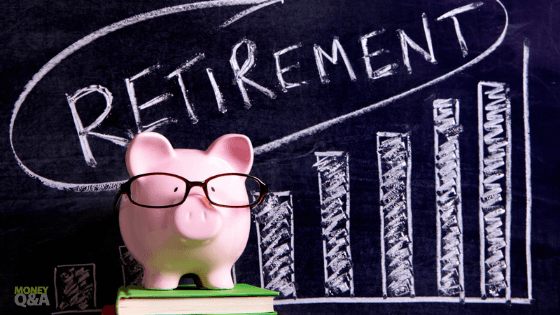
Preparing for retirement involves more than just deciding what you want to do with your free time. It means setting up different milestones to help you financially prepare, as well. Establishing these milestones means considering different factors about your current lifestyle and reflecting on what you want your retirement to look like financially. Having some tips to help guide you along the way can make a world of difference when making an effective retirement plan. Here are some tips to consider that can help you reach those retirement milestones as a pre-retiree.
What Are Retirement Milestones?
As you’re nearing retirement age, there are several important milestones to hit that can help set you up for success in your retirement years. These milestones can involve hitting certain monetary amounts or analyzing your current lifestyle to determine any areas you might want to adjust.
Retirement milestones in your 50s and 60s are going to differ from those in your 20s and 30s. Milestones change from a pure savings perspective to one that’s focused on finding ways to invest those savings to help compensate for inflation and offset living expenses.
Determine Your Retirement Income
Understanding what your retirement income is enables you to set goals and milestones to ensure that your income matches your needs. There are many online retirement tools to help you gauge whether you’re financially prepared for retirement and can help you understand what your retirement income should be to maintain your current lifestyle. When determining your retirement income, here are a few things to add to your budget:
- Retirement assets.
- Savings accounts.
- Current investment contributions.
- Social Security payments.
- Company pensions.
- Disability payments.
Determine How You Want To Spend Your Retirement
Do you want to take vacations every year, or do you want to continue with your daily routine? Determining how you want to spend your retirement can help you craft a plan to save enough for your needs.
For example, if you want to take a month-long trip each year in retirement, you may have to save more than if you just continue your daily routine in your later years. Once you determine how you want to spend your retirement, you can devise a plan to financially make that goal a reality.
Make Catch-Up Contributions to Your Retirement Accounts
Once you hit 50, you can start making catch-up contributions to your retirement account (or accounts). This can help you hit those savings goals and have more set aside as you enter retirement. There are rules surrounding these catch-up contributions, and they vary based on whether you have a 401(k) plan or an IRA. These catch-up contribution rules include:
- For a 401(k) plan, you can contribute up to $7,500 annually, as of 2023.
- IRA accounts mean being about to contribute up to $1,000 more per year, as of 2023.
- For a SIMPLE 401(k), as of 2023, you can have catch-up contributions amounting to $3,500 per year.
Look Into Alternative Retirement Accounts
Other savings options can also help you in retirement and provide another stream of financial security. For example, investing in a health savings account (HSA) can help you pay for medical expenses before the age of 65. After 65, you can pull those funds for any reason, not just health-related expenses.
There is also a catch-up contribution program for HSA accounts, meaning you can boost up these accounts before you hit retirement. Contributions do qualify for tax deductions, and you can grow the funds in this account tax-free until retirement.
Consider Purchasing a Fixed Annuity
For more stable income streams in your retirement years, purchasing a fixed annuity or multi-year guaranteed annuity (MYGA), provides you with a guaranteed return on your investment. These accounts also offer some flexibility, as you can withdraw a portion of the funds while they’re still growing, which is one way these accounts differ from a Certificate of Deposit (CD).
Another big benefit of purchasing a MYGA is that it grows without incurring taxes until you opt for fund distribution. Why is this a benefit? Your interest accumulates and compounds without incurring annual taxes, allowing for more growth than a traditional CD.
Researching different ways to reach retirement milestones as a pre-retiree can help you better prepare for when you leave the workforce. Having different resources that guide you along your journey to retirement can help you maximize your financial growth and optimize the funds available to you during your retirement years.
